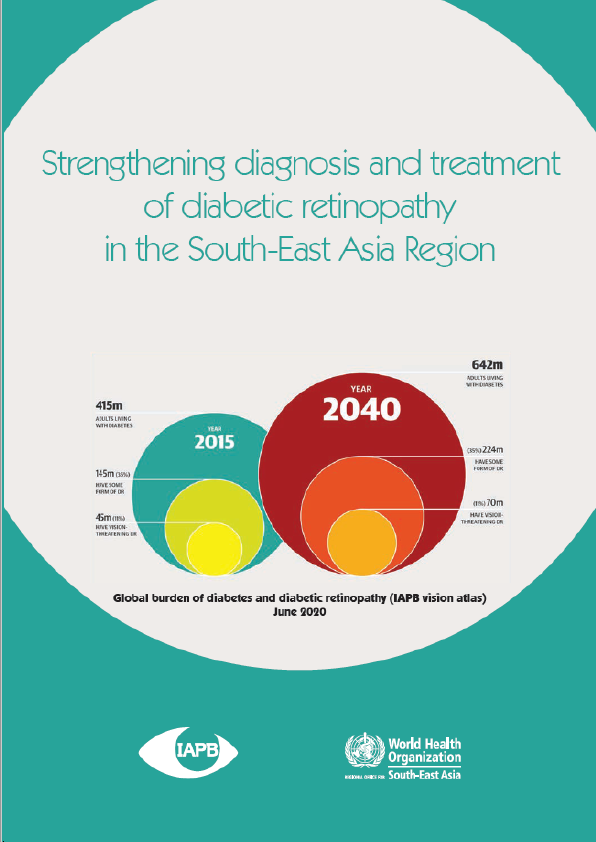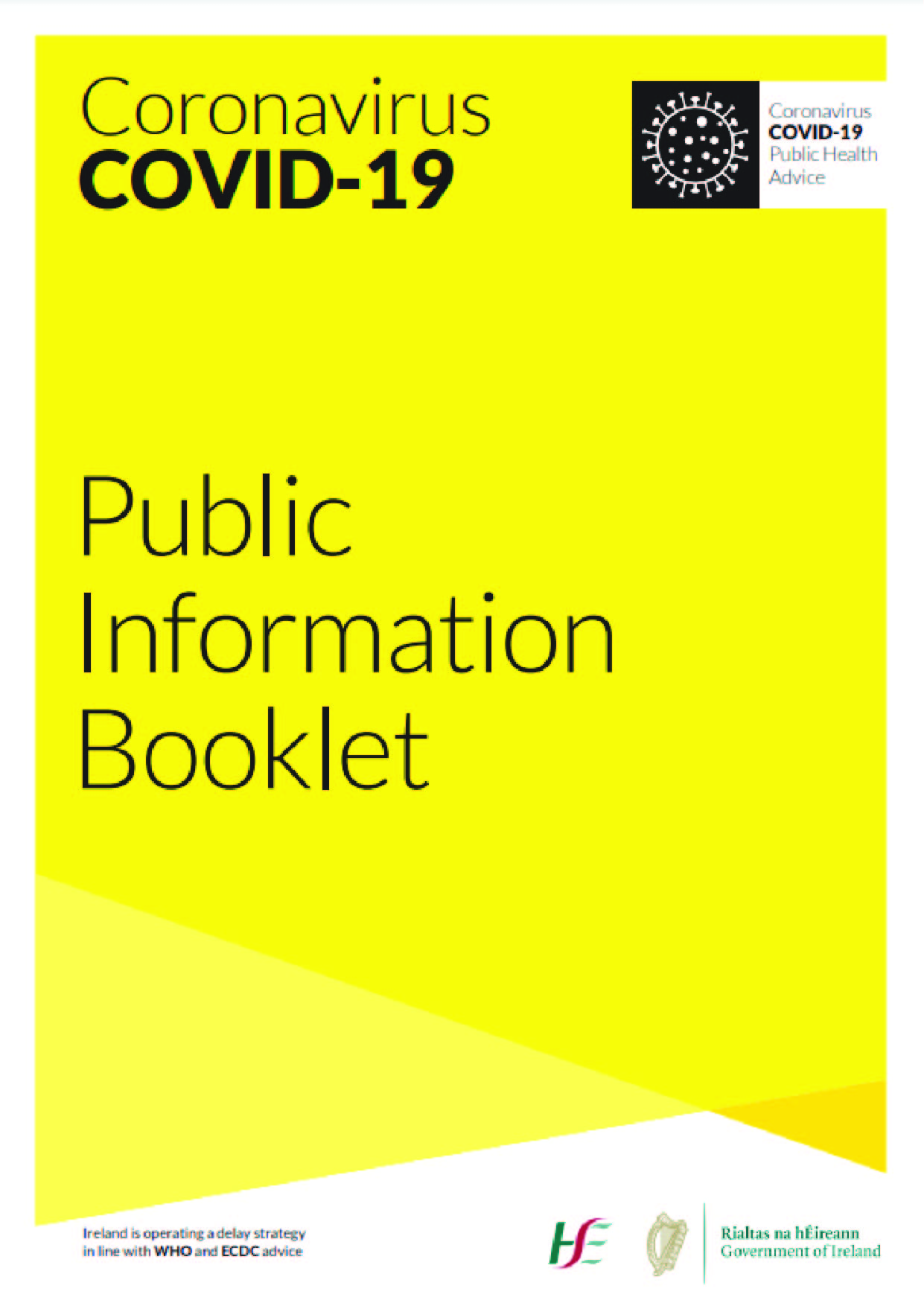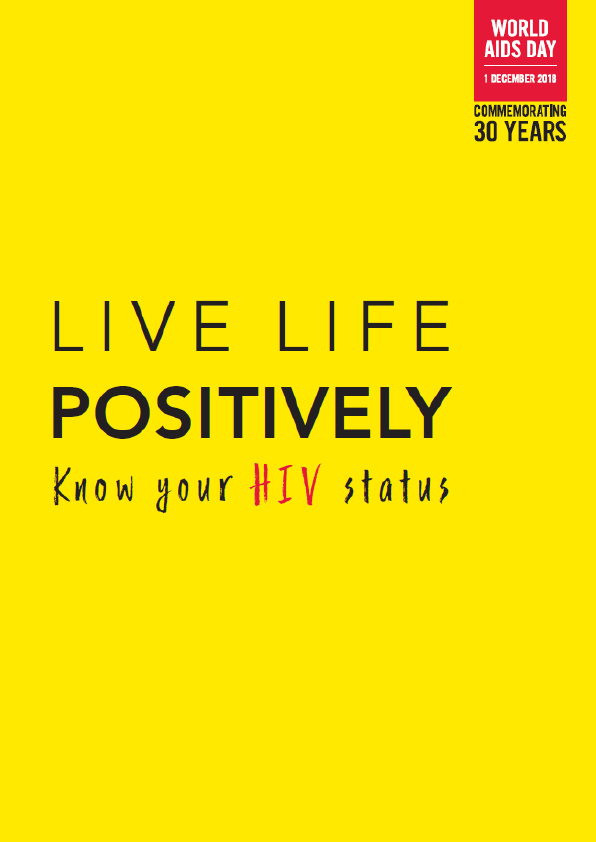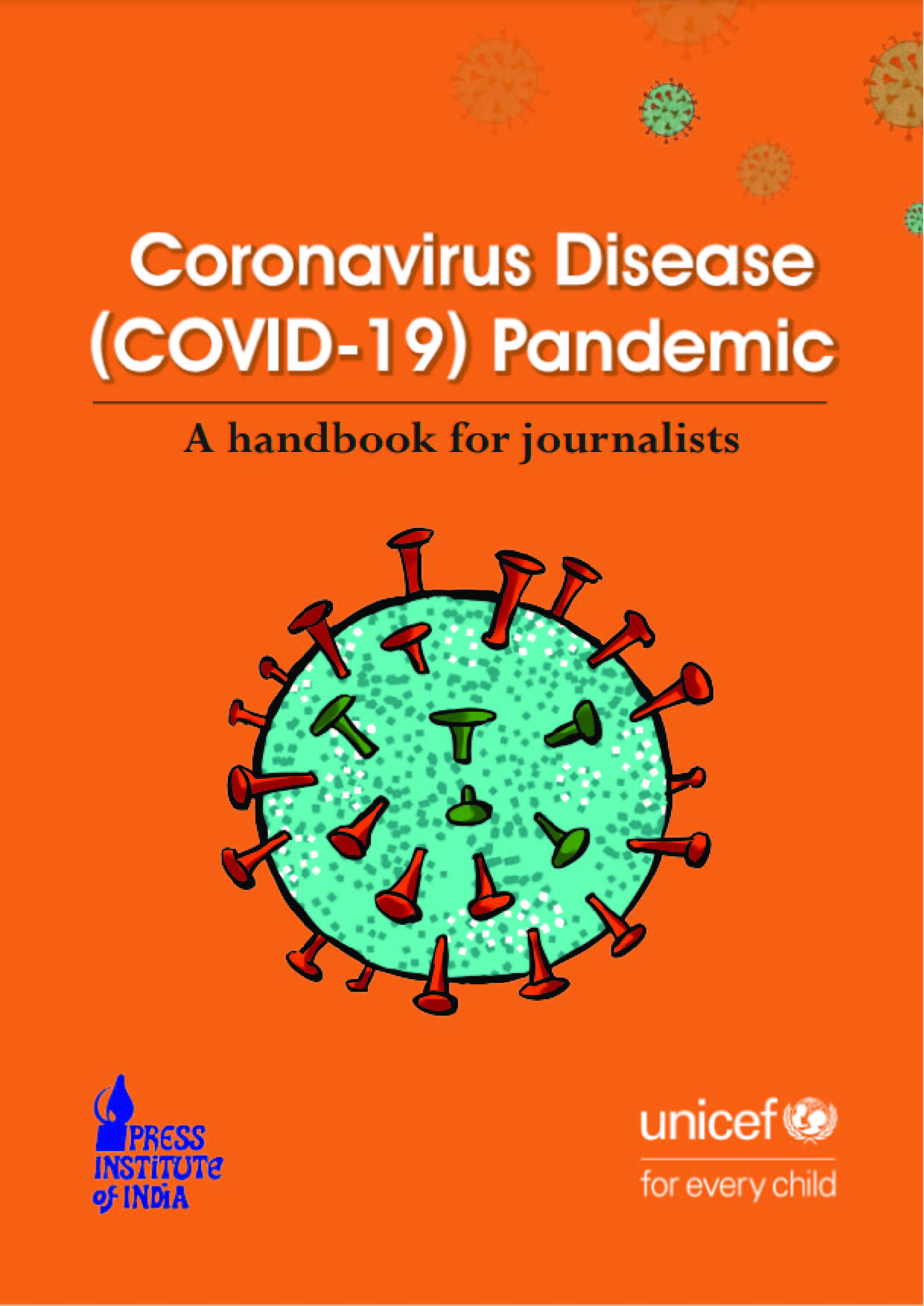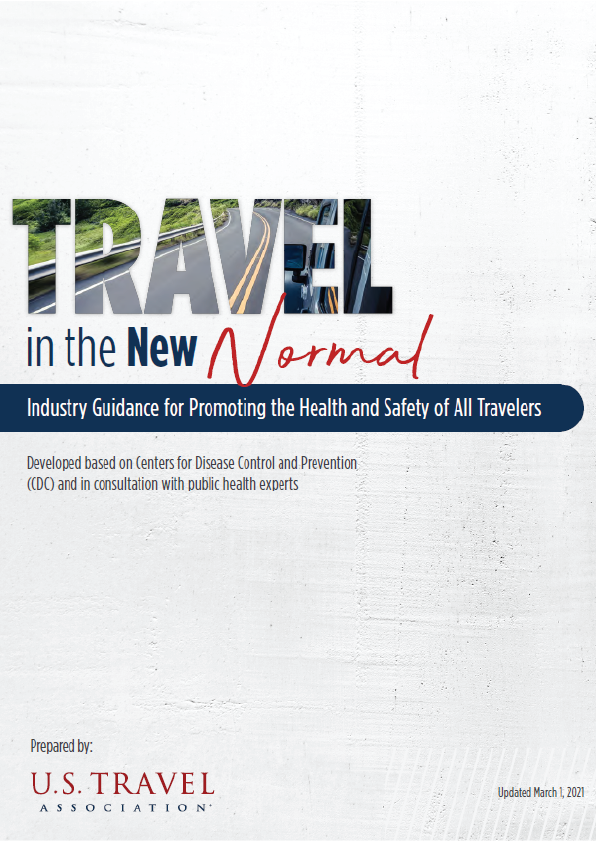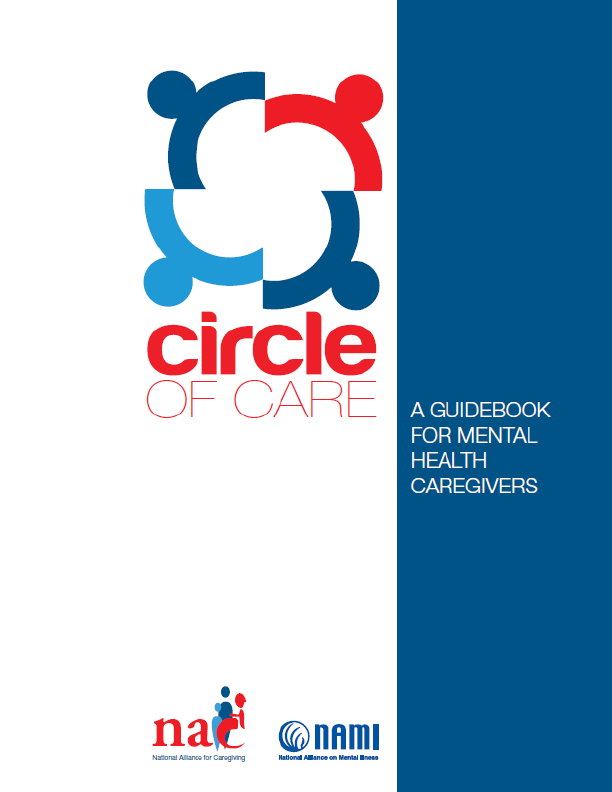Hearing loss is the most prevalent sensory disability and a problem that is increasing globally. More than 275 million people are reported to have moderate to profound hearing loss; many more have mild hearing loss and/or ear diseases such as otitis media (infection of the middle ear). These problems can cause lifelong – and occasionally life-threatening – difficulties; they may have a profound effect on the ability of individuals to communicate with others, on their education, on their ability to obtain and keep employment, and on social relationships and may lead to stigmatization.
A major challenge for many people with hearing loss, and for their families, is the general lack of awareness about issues relating to hearing loss in all parts of society. 1 Most children with hearing loss are born to hearing parents. There is thus a need to improve parental awareness regarding hearing loss and ways to communicate with their children, as well as to implement screening programmes that will facilitate early identification.
Recognizing the high prevalence of hearing loss, World Health Assembly (WHA) Resolution 48.9 acknowledged a general lack of human resources and of programmes to address ear diseases and hearing loss across the world. Many countries have neither the personnel trained in the identification of hearing loss nor the equipment and facilities to deliver support services. In many countries, too, there is a severe shortage of staff, including audiologists, and of resources for hearing aid provision, support and aural rehabilitation programmes. In addition, ear and hearing care services are often outdated. It is estimated that there is only one ear, nose and throat (ENT) specialist per two million population in Africa generally, and none at all in some countries.
Hearing loss impacts not just the individual but the entire family and society generally. Any responses to the needs created by hearing loss will therefore be more effective in a community-based approach to this issue – that is, in community-based rehabilitation (CBR) programmes.
Integrating ear and hearing care into CBR programmes
Goal of integration
Integration of ear and hearing care into CBR programmes aims to establish or enhance universal and equal access to prevention, treatment, care, support programmes and services for those with, or at risk of, ear diseases and hearing loss.
The role of CBR specific to ear and hearing care
In terms of ear and hearing care, the role of CBR is to:
• advocate and campaign for ear and hearing health services at all levels of health care;
• facilitate access to ear and hearing health care services for all members of the community and promote the prevention of avoidable causes of hearing loss;
• create public awareness of all aspects of hearing loss;
• raise awareness in schools and within education systems of the need to include children and adults with hearing loss;
• promote and provide accessible communication for those with hearing loss;
• ensure that people with hearing loss receive the necessary attention at times of humanitarian crisis and that their needs are considered in all disaster preparedness initiatives;
• ensure that individuals with hearing loss have access to education and training programmes that may lead to employment;
• include people with hearing loss in the decision-making processes that affect their lives;
• encourage society to ensure that people with hearing loss are included in social groups and community events.




